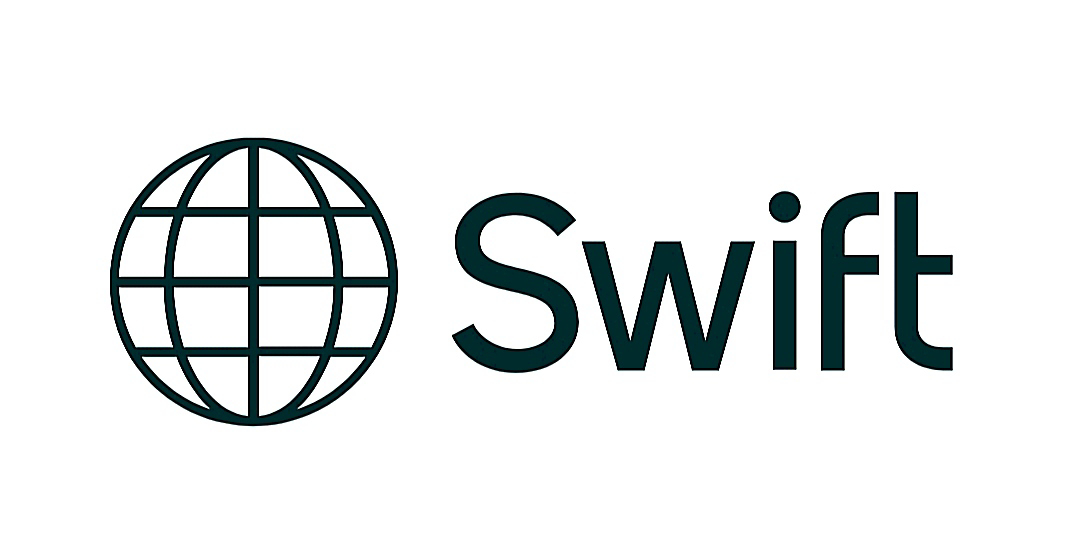Indian Polity - Introduction
Good Evening Students, We hope that you are doing great work for your future, it just begin when you start concluding your goal and start working for that as you are doing now. We will help you in your journey with maximum free resources.
Today we are here to discuss about the importance and the role of Indian Polity as a subject in UPSC ICS examination. As you are aware and it is very clear that you are preparing for Government exams; that means, you have to deal with people and your actions will mark a big difference in their life; you are responsible for the welfare of society. You will become a public servent. And to do so, you need to follow the rules and regulations of government which was drafted by your Seniors in their working capacity. Your action must be constitutionally, legally and ethically vaild. Their are a lot of other responsibilities on your shoulders too. For all responsibility of this position, you have to bear knowledge of Polity i.e. the Constitution of India as it is spirit of our democratic country.
It is important to note that all government policies and laws follows the Constitution of India and take it's power from the various articles of Constitution. If any Scheme/Policy/Law doesn't follow the Constitution then it will be replenish by Guardian of Constitution i.e. Supreme Court of India.
There are a lot of things about the Constitution of India which will introduce in your upcoming polity lectures. For now, it must be understood that without knowledge of Polity you are unable to deliver your duties in an efficient manner. So, having knowledge about Polity (Constitution) is essential for this exam. Now, let we just see a quick overview on number of questions & their weightage come from this section:-
1. Priliminary Examination - A student can easily expect 12-15 questions (24-30Marks) from this section, if we observe trends of last 10 years. It suggest that this section is very important.
2. Mains GS Paper II (Indian Polity)- A student can easily expect 125-135 marks of questions from this section in mains. Again it suggest importance of this section.
Note: Polity section will help you in understanding other sections too, specially in Governance, Society, International Relations, World History, etc. We suggest you that, first you complete this section then use this knowledge in other sections; this will increase you study power.
Next Topic: Historical Background - Rise of British Empire




Comments
Post a Comment